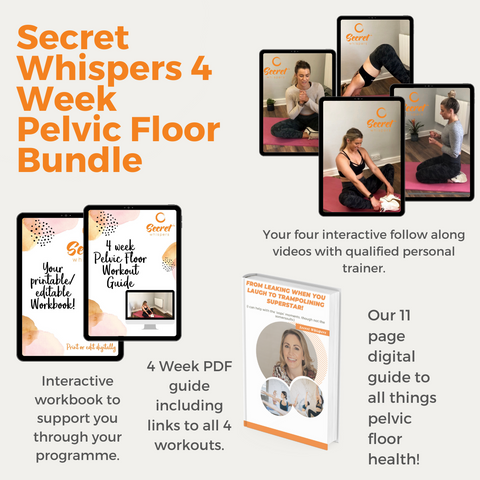Does Sitting Weaken The Pelvic Floor?

In the hustle and bustle of our modern lives, we often find ourselves spending prolonged hours sitting—be it at work, during commutes, or relaxing at home. What might surprise many is the subtle yet impactful connection between extended periods of sitting and the strength of the pelvic floor.
This often-overlooked aspect of our musculature plays a crucial role in various bodily functions, and its weakening due to prolonged sitting warrants exploration.
Does Sitting Weaken Pelvic Floor Muscles?
Prolonged sitting, particularly with poor posture, poses a risk to the pelvic floor muscles.
The pelvic floor, a group of muscles that supports the pelvic organs, can weaken when not engaged regularly. Inactivity can lead to muscle atrophy and reduced strength, potentially causing issues like incontinence and pelvic organ prolapse.
Understanding this connection emphasizes the need to address the impact of our sedentary lifestyles on this vital muscle group.
How to Prevent Pelvic Floor Damage
There are several ways that you can prevent pelvic floor damage caused by sitting for prolonged periods of time.
1. Don’t Sit for Prolonged Periods of Time
Quite an obvious one now. But by breaking up long periods of sitting is crucial. Incorporate short walks or standing breaks into your routine to prevent the pelvic floor muscles from remaining inactive for too long.
2. Maintain Good Posture
Proper posture is essential for overall musculoskeletal health, including the pelvic floor. Sit or stand with your spine aligned, shoulders back, and hips in a neutral position to support these muscles.
You could even use a footstool to support your feet.
3. Stay Active
Regular physical activity promotes blood flow and muscle engagement, benefiting the pelvic floor. Incorporate exercises such as walking, swimming, or yoga into your routine to keep these muscles in good condition.
4. Do Pelvic Floor Exercises
Specific exercises targeting the pelvic floor, called Kegels, can enhance muscle strength and endurance.
If you are unsure how to do your Kegels correctly and would like to get into the daily habit of doing them each day, you can join our 30 Day Pelvic Floor Challenge that starts on Monday 8th January.
5. Use Ergonomic Seating
Invest in ergonomic chairs that support proper posture and reduce pressure on the pelvic floor. Choose seats with good lumbar support and consider using cushions to alleviate stress on these muscles during prolonged periods of sitting.
6. Take Standing Breaks

Alternate between sitting and standing throughout the day. Standing breaks can relieve pressure on the pelvic floor and improve overall circulation, contributing to muscle health. Many people now use the standing desks for periods of time when working.
8. Lift with Proper Technique
When lifting heavy objects, use proper lifting techniques to avoid putting unnecessary stress on the pelvic floor. Bend your knees, engage your core (known as the 'Knack' technique), and lift with your legs rather than your back to protect these muscles.
Can You Do Pelvic Floor Exercises Sitting Down?
Yes, you can perform pelvic floor exercises while sitting. In fact, incorporating these exercises into your seated routine is a convenient way to strengthen the muscles discreetly.
Scientific studies suggest that seated pelvic floor exercises can be effective, providing an accessible option for those with limited mobility or busy schedules.
Benefits of Seated Pelvic Floor Exercises:
Seated exercises offer a practical solution for individuals who spend extended hours at desks or in sedentary occupations. These exercises can enhance muscle tone, improve bladder control, and contribute to overall pelvic health. Scientific studies supporting the efficacy of seated pelvic floor exercises further emphasize their importance in maintaining pelvic floor strength.
In conclusion, the impact of prolonged sitting on the pelvic floor is a nuanced aspect of our health that deserves attention.
By adopting preventive measures, maintaining good posture, staying active, and incorporating pelvic floor exercises, we can mitigate the potential damage caused by extended periods of sitting.
For more information on pelvic floor health, check out our blog posts linked below:
Recommended Products:
PELVIC FLOOR STRENGTHENER FOR WOMEN
Our Multi Award Winning Pelvic Floor Kegel Weights are designed to strengthen your pelvic floor muscles from just 15 minutes a day. Improve stress and urge incontinence in 6 easy steps.
You can also join our fabulous womens only private Facebook Group
Never miss another blog again. Sign up now to our weekly Newsletter. You will get a 10% discount code to use too. Just click below ⬇️⬇️⬇️














